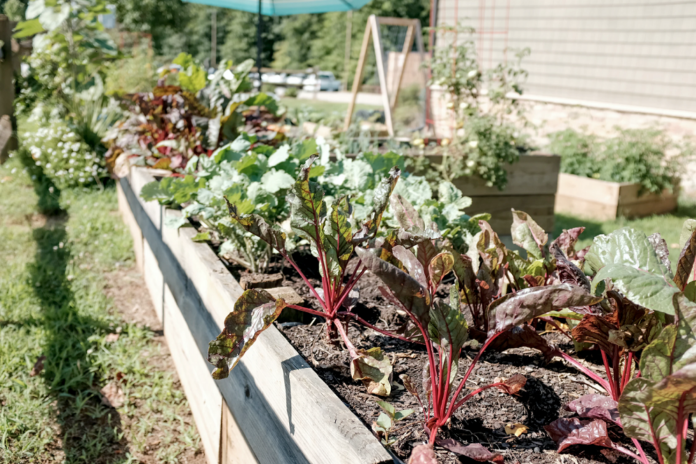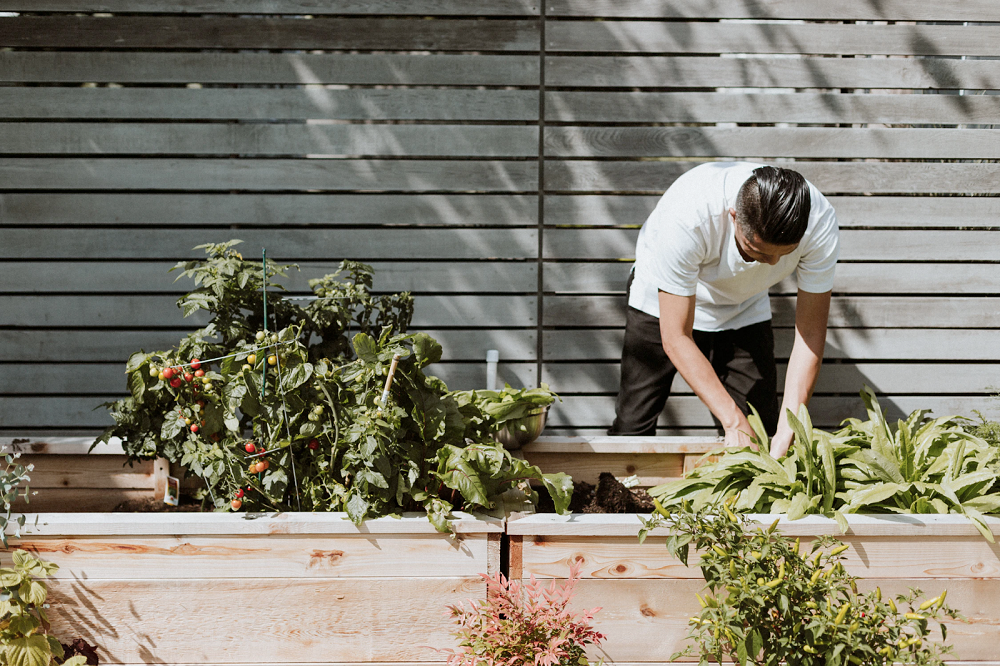When it comes to gardening, there’s the basic advice: find a good balance of water, sun, and nutrient-dense soil for your plants. Of course, having a truly thriving, luscious garden can take a bit more than that. The following will explore some easy tips that can help take your garden to the next level.
Cut Out The Plastic
So many plant holders (even the ones we use to start plants in before bringing them outside) are made out of plastic. If you’re planning on eating the plants, this is a major no-no, but even if you’re not, plastic is just as bad for plants as it is for people, and it’s contributing to the mass of microplastics in the water system and soil. And no, BPA-free doesn’t mean it’s okay. All that means is that one toxic chemical (Bisphenol-A, which mimics estrogen within our bodies, wreaking havoc on our mood, sleep, attachments to others, energy levels, weight, and motivation) isn’t present. There are countless other chemicals within the plastic that get leeched into water and soil (and there are BPA substitutes that do the exact same thing as BPA to your body). Remember, plastic comes from oil. Would you pour a few drops of oil onto your plant? Then don’t put them in plastic containers.
Instead, start your seedlings in eggshells, lemon rinds, egg cartons, or even toilet paper rolls cut in half and folded up. You also want to be especially aware of watering cans that you leave outside full of water. If they are, plastic leeching is happening, and you’re watering your plants with plastic water.
Coffee Grounds Are Your Friend
Most households in America start their day with a cup of coffee (or, you know, four). It turns out that those used coffee grinds are worth a lot more than you might have previously thought. If sprinkled throughout your garden, they help to enrich the soil by improving fertilizer and offering up nutrients to plants. They’re full of nitrogen, magnesium, calcium, potassium, and other trace minerals. They’re also full of antioxidants, which might also turn out to be good for plants one day. But the biggest benefit? They keep away critters. Small pests that damage your plants or make veggies inedible are scared off by the scent, as are bigger animals like toads. Worms, compared to other creatures, actually quite like coffee grounds, so this can attract more worms to your garden, which is excellent for the soil.
You can either mix the grounds in with your compost that you later use for fertilization, or add them directly to the soil. Once used, coffee grounds are nearly neutral in pH, meaning they shouldn’t alter the acidity of your soil. Be wary of putting too much in a single spot, however, as an insane amount of coffee grinds might make something of a water-resistant barrier. As a side note, unused coffee grounds are fairly acidic, which means you can give them to acid-loving plants like radishes, carrots, and rhododendrons. It’s worth noting that fresh grounds still have a fair bit of caffeine which means they’re not ideal for baby plants as, just like with humans, it can stunt growth.
Look Into Greenhouses
If you are consistently having trouble keeping your fruits or veggies growing in a stable manner because of pests, wild animals, or chaotic weather, a greenhouse might be the right option for you. Contrary to popular belief, you don’t need much handy know-how or many supplies to get one going. People are often shocked by how little time and effort they need to spend to build a greenhouse. Greenhouses not only keep things level, so your plants can grow, but they can also extend the growing season if you’re living somewhere with harsh or cold winters. Some people get as much as six extra weeks of growing time in both the fall and the spring.
Learn About What’s Local
It should come as no surprise that plants that grow locally and naturally in the area you live have a symbiotic relationship with the other plants and animals in your location and are well-equipped to thrive with your soil makeup, water levels, and weather. Choosing natural and local plants can do wonders for reducing the amount of work required to keep your garden thriving, and it can also support struggling species like bees while simultaneously preventing the overgrowth of foreign and invasive species. This makes your life easier and supports the environment around you.
The above tips are just a few of the wonderful things you can do to make gardening more manageable, more fun, and more beautiful. Once you start finding tweaks to standard gardening advice that works, you might find yourself on the continuous hunt for more gardening ideas.



















